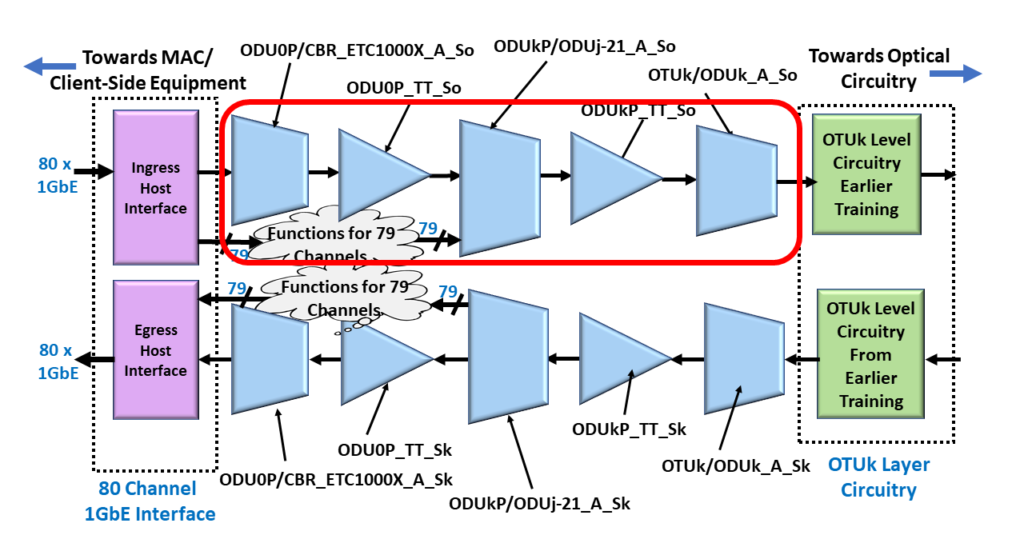OTN – Lesson 7 – Converting OTL4.4 Signals back into a Composite OTU4 Signal – Video 2 of 3
This blog post contains the 2nd of 3 videos that discusses how we convert an OTL4.4 interface (or set of signals) back into a single (composite) OTU4 signal.
This video discusses how we declare and clear the dLOFLANE (Loss of Frame of Logical Lane) defect condition (by walking through the OTL4.20 dLOFLANE/In-Frame State Machine.
This video also starts the discussion of how we declare the dLOR (Loss of Recovery) defect for each of the 20 Logical Lanes.
Continue reading “OTN – Lesson 7 – Converting OTL4.4 Back into an OTU4 Signal – Video 2”






